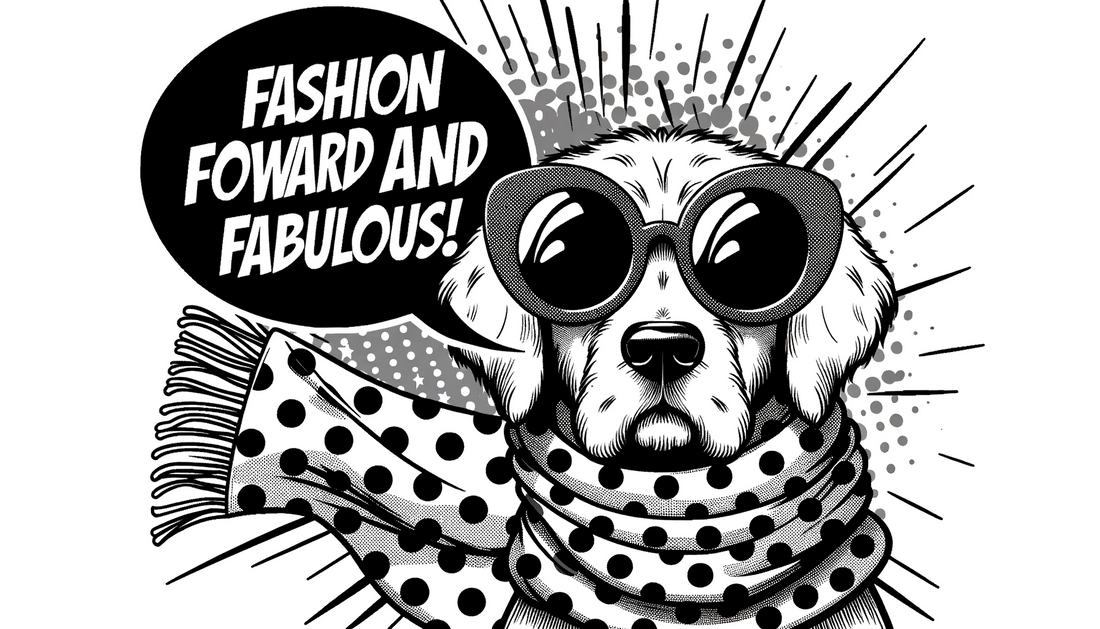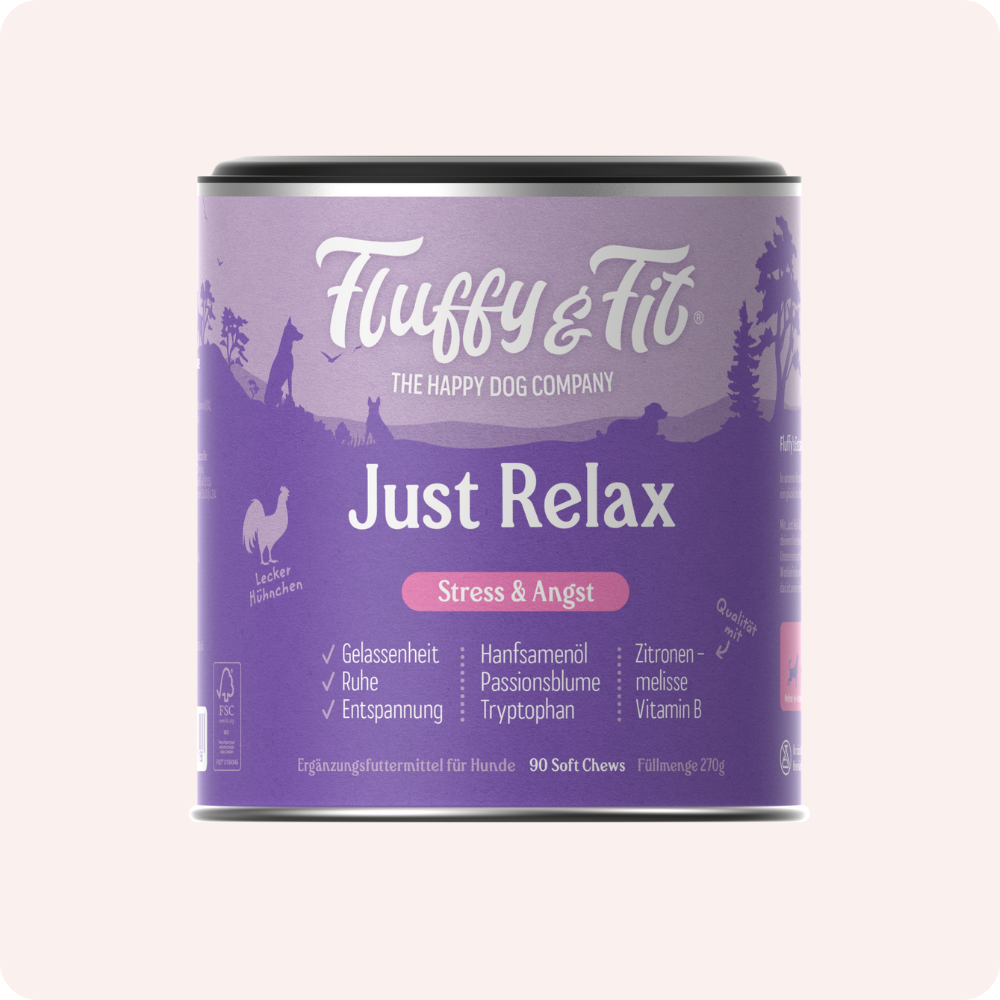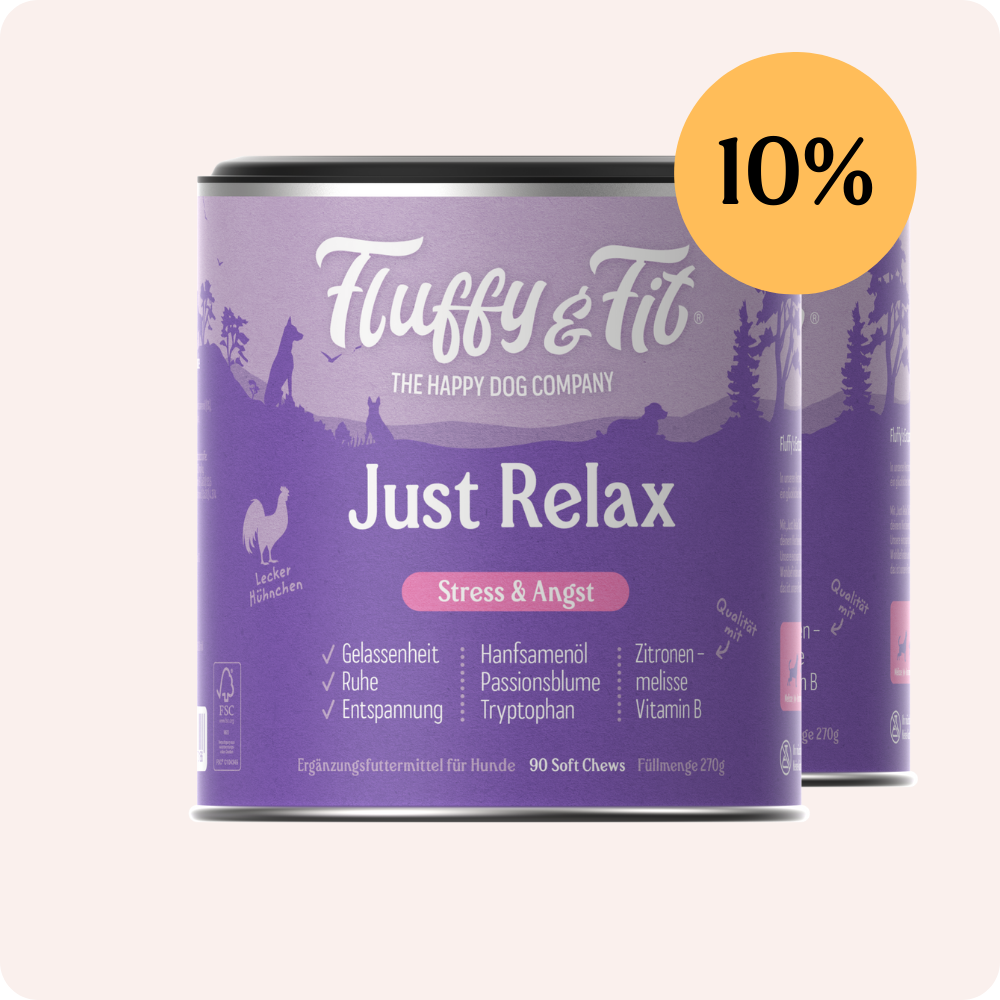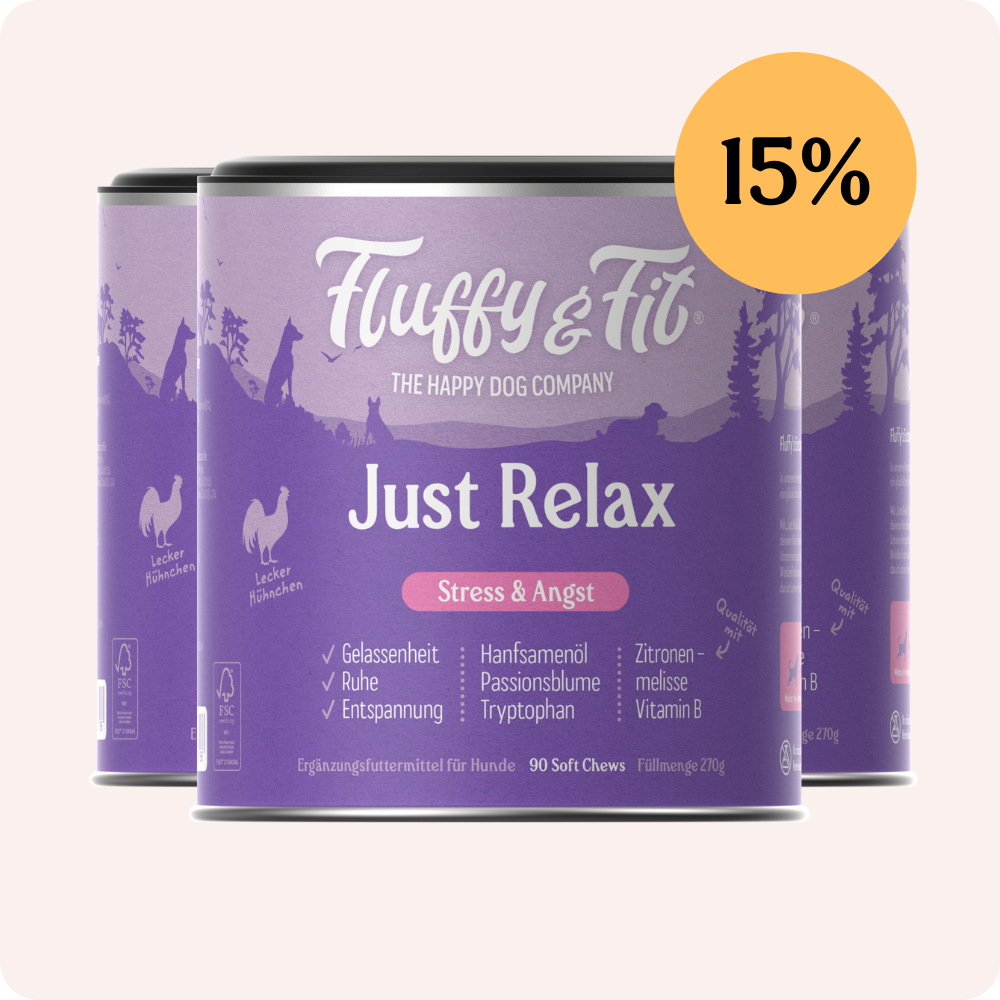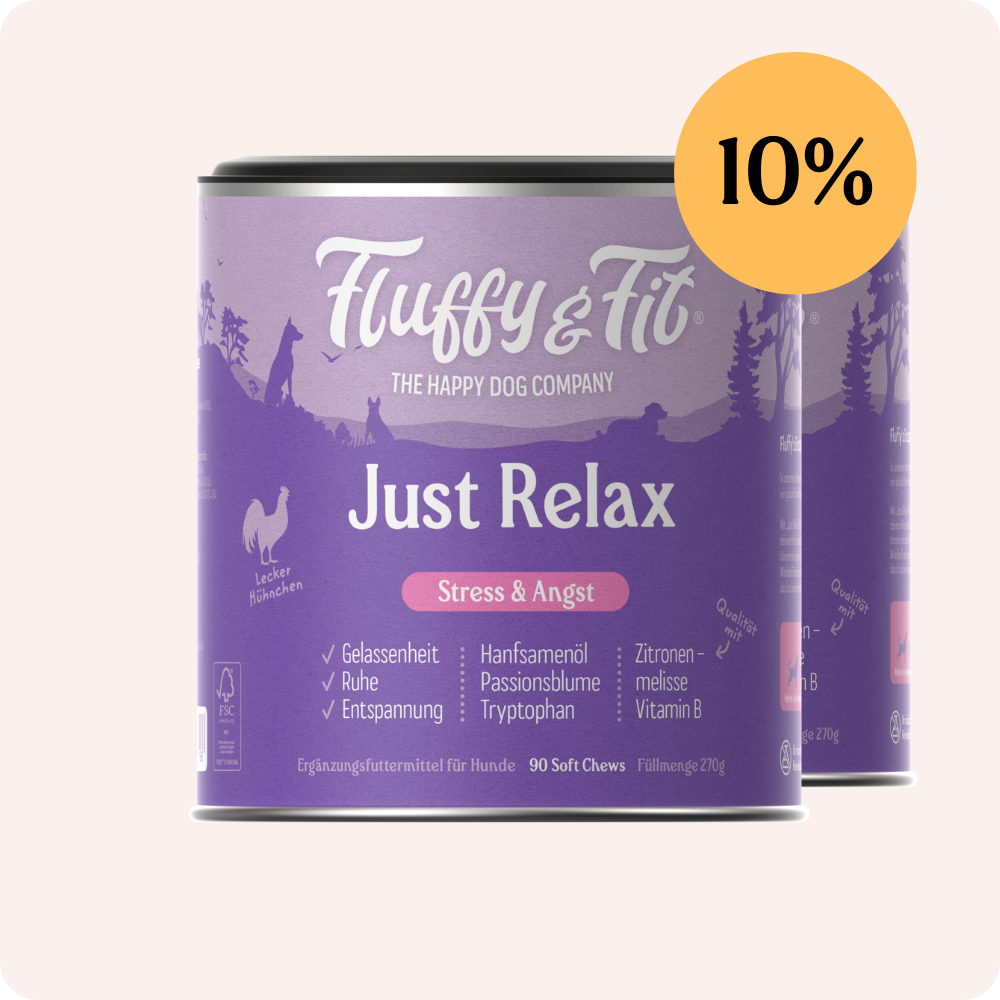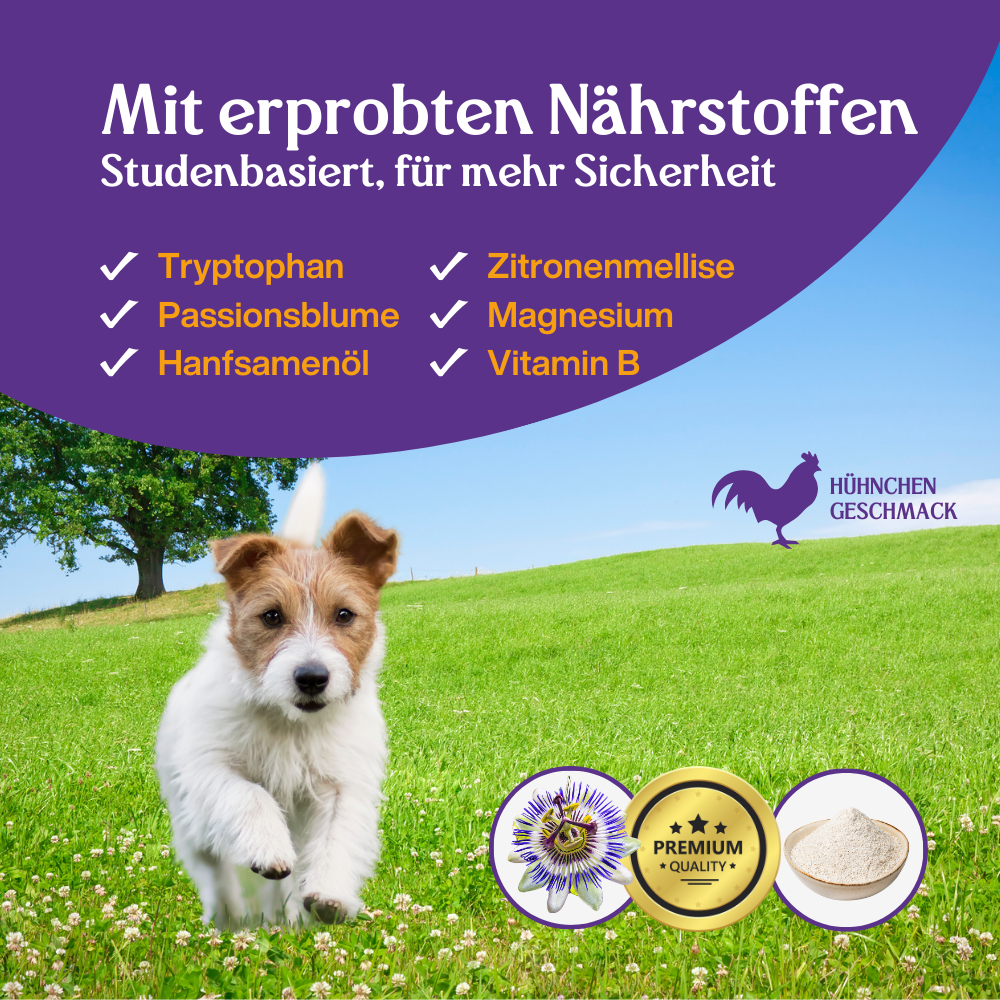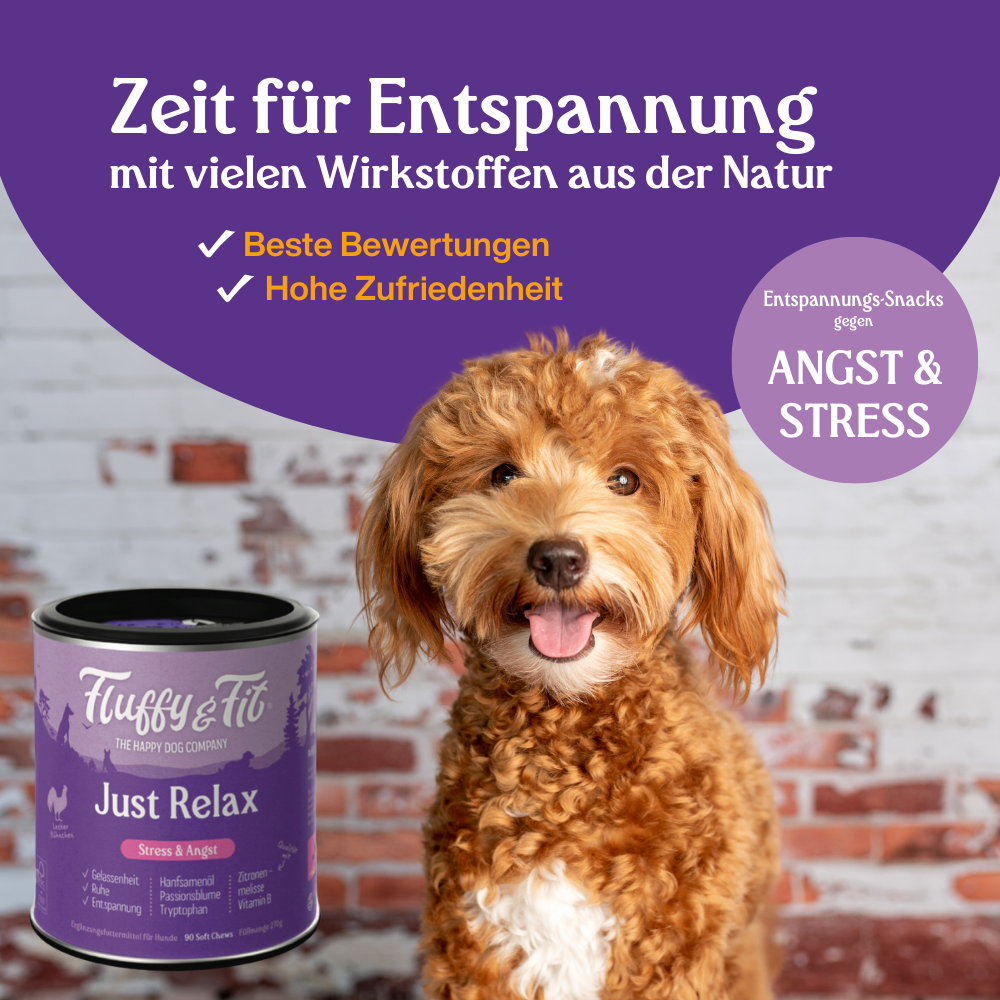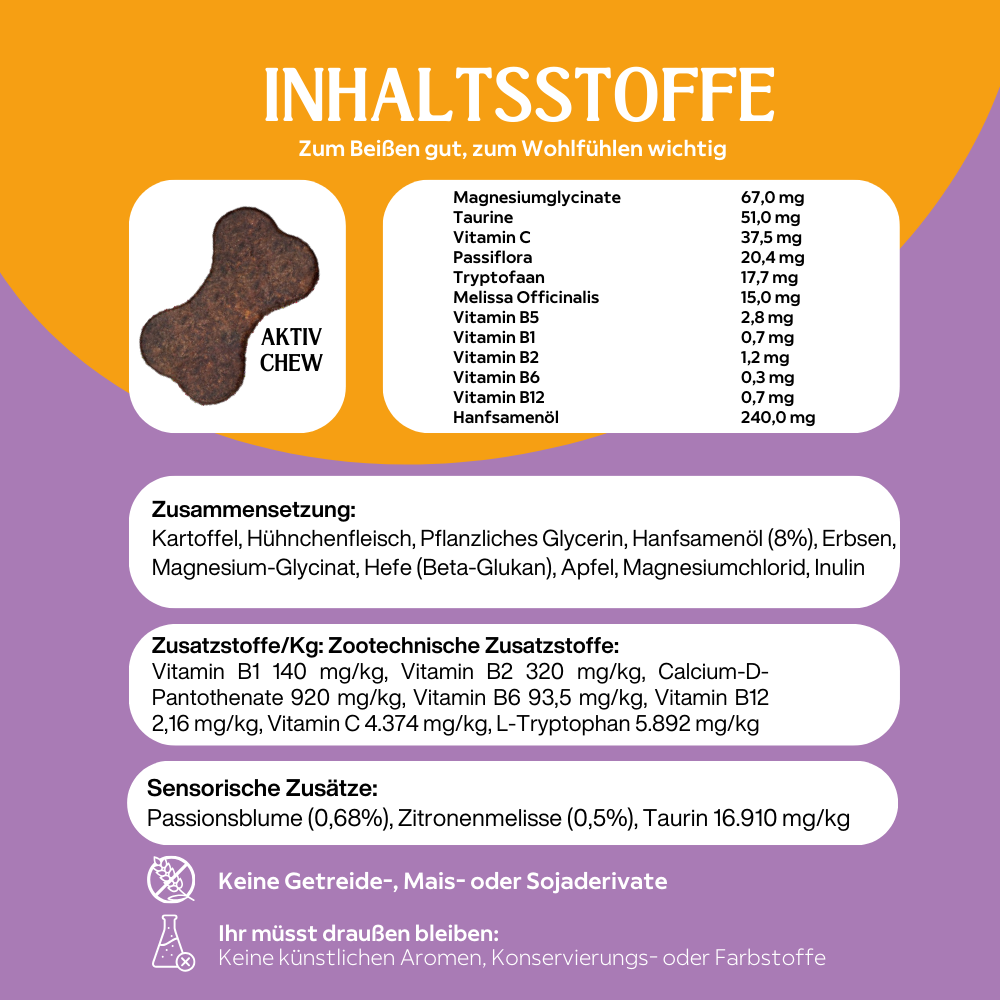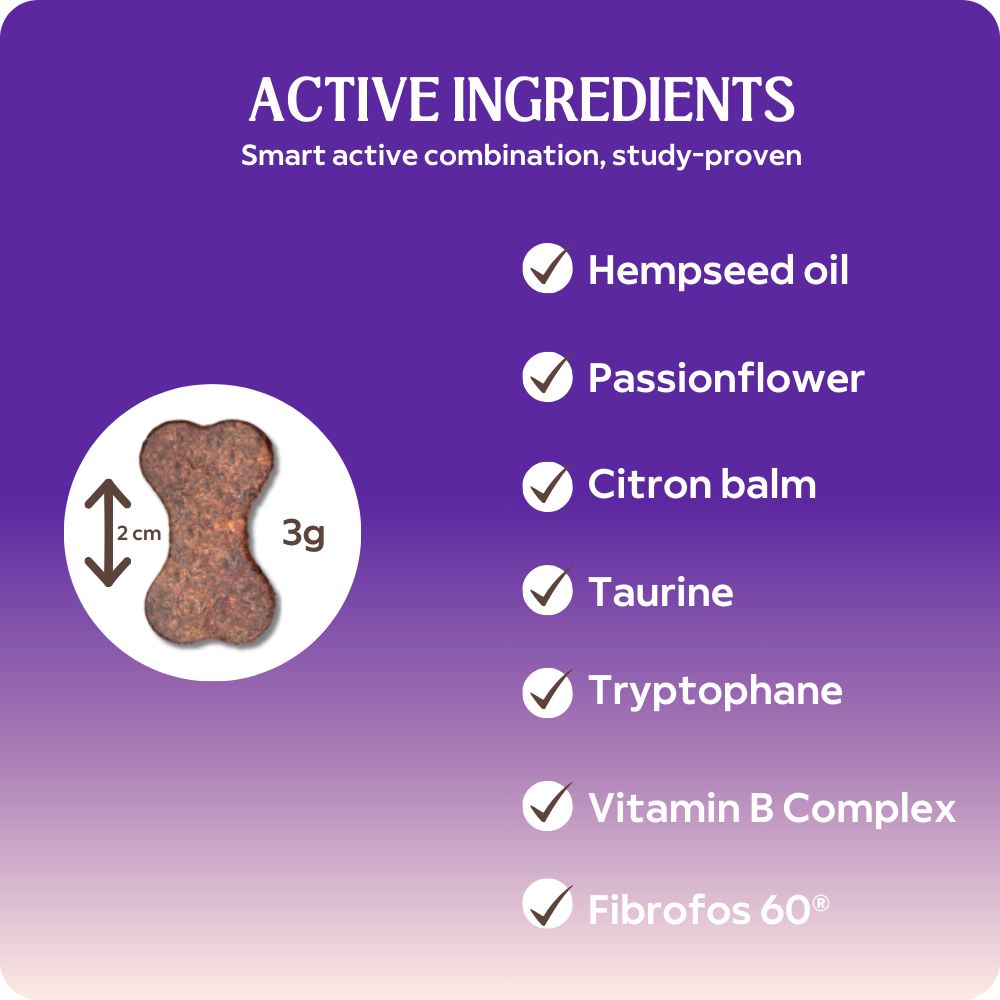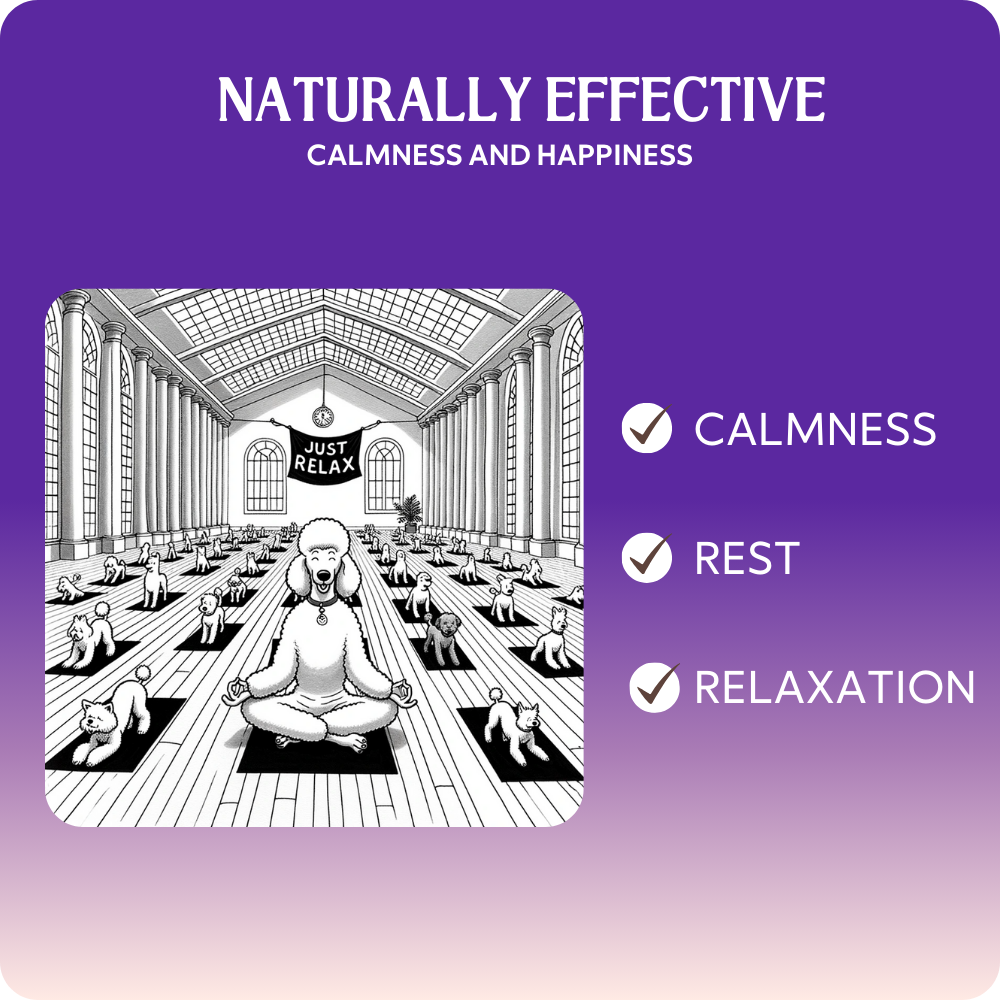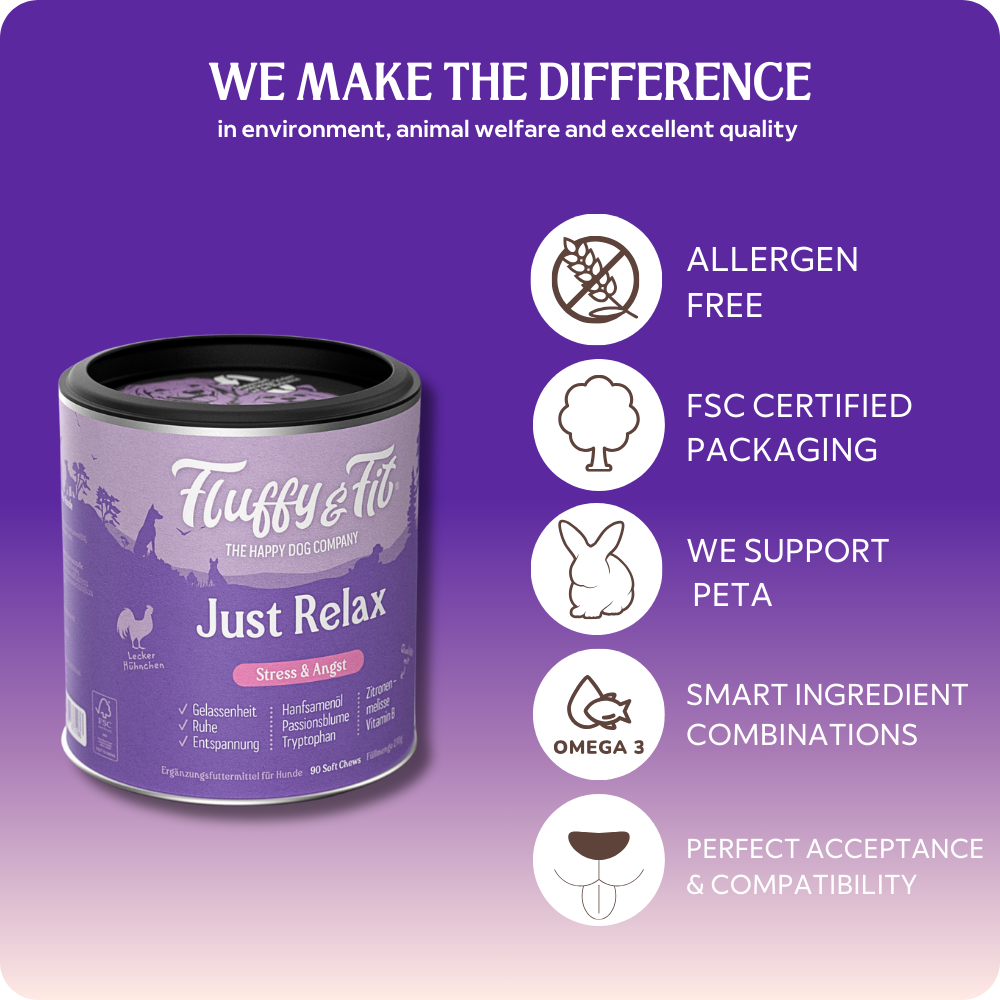If you have a dog that is suffering from anxiety, stress, or hyperactivity, you are probably looking for ways to help him. There are a variety of dog tranquilizers available, from natural remedies to prescription medications. In this post, we'll look at the most common options and offer advice on how you can best help your four-legged friend.
1. Natural sedatives
- Valerian: As already mentioned, valerian has a calming effect and is often offered in tinctures or tablet form.
- Chamomile: This plant can be taken as a tea or in capsules and has a calming and anti-inflammatory effect.
- Passionflower: Known for its relaxing effects, it can help relieve symptoms of anxiety.
Advice: Natural sedatives are often milder and have fewer side effects, but it is important to know the correct dosage and use. Always consult a veterinarian before giving your dog any new medication.
2. Pheromones
- Adaptil: A synthetic pheromone that promotes dog well-being and is available in the form of sprays, collars and diffusers.
Advice: Pheromones are odorless and affect the dog's behavior without sedating him. They are particularly useful in stressful situations such as traveling or moving.
3. Pressure vests
- Thundershirt: A pressure vest that applies constant, gentle compression to the dog's body, which can have a calming effect.
Advice: Pressure vests can be particularly helpful if you are afraid of thunderstorms or fireworks.
4. Prescription Medications There are several medications that can be prescribed by a veterinarian to treat anxiety or hyperactivity in dogs.
Advice: These should only be considered as a last resort if other options have not helped. It is important to know the possible side effects and the correct dosage.
Conclusion There are many different dog tranquilizers, from natural solutions to medications. It's important to find the right treatment for your dog and always consult a veterinarian before starting any new treatment. With patience and care, you can help your dog be more relaxed and happier.

